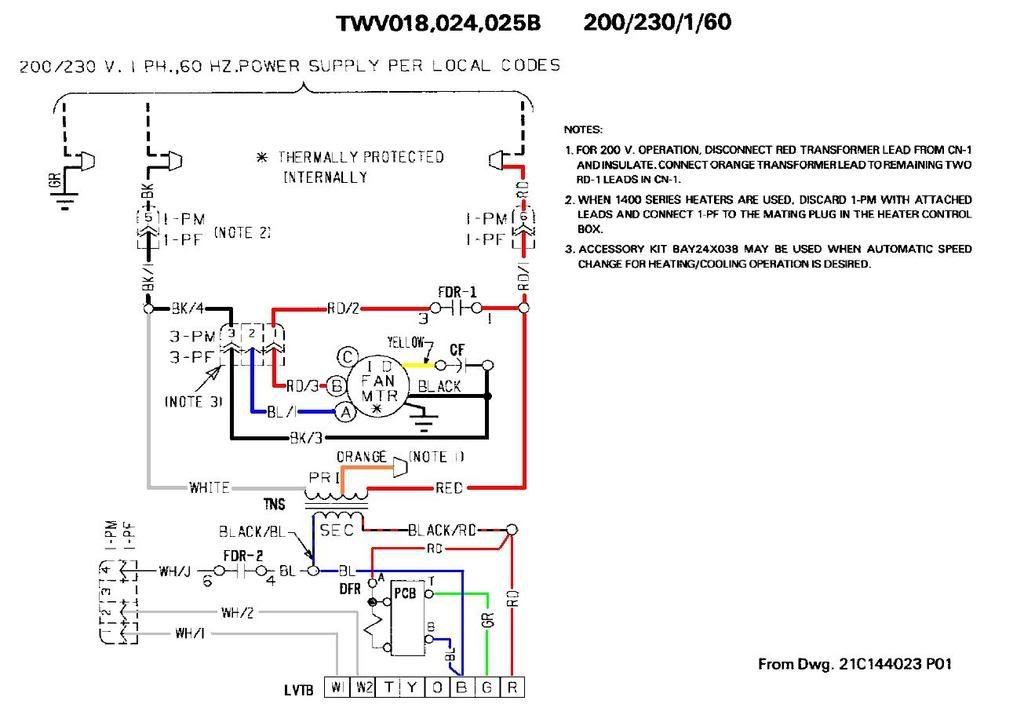Kristina Nickel’s ‘handbook for media designers’ comes shrink-wrapped with a glowing quote from Erik Spiekermann (‘This book is the only one I would take with me to a desert island so that I could continue to design and produce there’), and so it sounded like the answer to my prayers. At the east London print co-op where I work, we receive files from all kinds of sources – students, artists and many others who would not claim to be professional designers for print – but all too rarely files that are genuinely ‘ready to print’.
Print Production Workflow. There are many reasons to use Adobe PDF in a print workflow. An Adobe PDF file can contain all of the components of a print job, captured. Makes it possible for designers to deliver files ready for print production with the highest. Select the profile you want to base a profile on, and click Edit. Ready to Print: Handbook for Media Designers. Add to My Reading List. Provided by Google. Designers & Books does not have any financial relationship with any of these booksellers. From typographic detail to color spaces, from paper types and sizes to image editing, it's all here. Described in incredible but useful. Mar 16, 2012 - A must read for print buyers & designers! TPI's graphic design team has put together these helpful tips on how to create a truly print ready PDF.Missing. Browse and Read Ready To Print Handbook For Media Designers Ready To Print Handbook For Media Designers. PDF File: Ready To Print Handbook For Media Designers.


Even professionals can sometimes be overly optimistic about the quality of their images, unaware of the difference between what appears on screen and what appears in print, and surprised by the idea of proofing their work before sending it out. Download Free Sound Holic Kaze Rare more. Ready to Print promises ‘an easy to follow reference for designers that thoroughly explains each stage of how to prepare data for prepress and production’. Perhaps it would be worth buying a bulk order to hand out to clients?
Serial Port Data Logger Circuit there. Starting with paper and print finishing makes perfect sense, especially as the possibilities and limitations of both of these do have a significant effect on design. Shame then that the paper glossary is far from inspiring and the information on sizing and various forms of binding, though detailed, is oddly expressed, with some inaccuracies. Various print processes are described, but with no actual examples of print, and the book itself gives nothing away as to its method of production. Royal Rumble 1995 Rapidshare Free there.
There is a chapter on composition and typography, a whole chapter on trapping (now less of an issue where film planning has been replaced by computer-to-plate technology), one on colour and another on image editing. Pity the poor designer working in Quark, as detailed instructions are given only for Adobe Creative Suite.
And yet there is not much mention of embedding fonts, or linked images, and only a cursory mention of bleed. Much talk of RGB and CMYK, of gamuts and profiles, pages and pages of the kind of arcane detail only a repro department needs to know, just to end up with a final chapter on how to create ‘a normal print PDF without traps’. It is actually suggested that ‘The PDF compatibility should be as low as possible for output’ – imagine, to have gone through all of that to end up with an Acrobat 4 PDF. There is surely plenty of useful information here, though only the most dedicated will plough through the odd mixture of the impenetrable (‘The logarithm was chosen because the pure radiance factor does not correspond to human brightness perception’), and the laughably obvious (‘recycled paper is the generic term for paper that is produced chiefly from recovered paper’).
There is a persistent hectoring tone – there’s no end to the things ‘one must do’ – and it is full of odd translations of technical terms (despite the fact that ‘Printing terminology developed independently in Germany and is more precise and comprehensive than anywhere else’). There are rather too many proofreading errors, and the diagrams and illustrations are small, not always well labelled and sometimes understandable only when looked at with a glass (no clues as to how to use one, though).